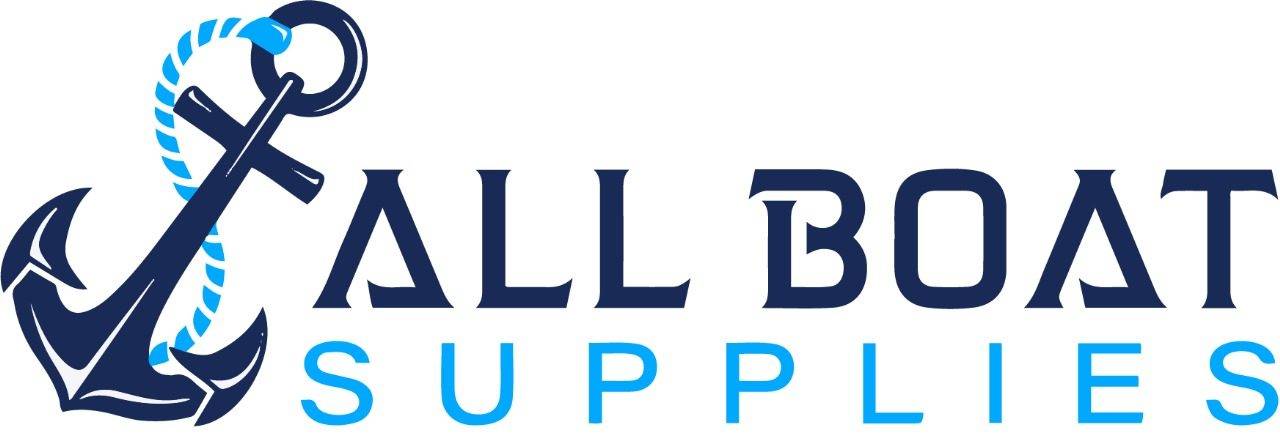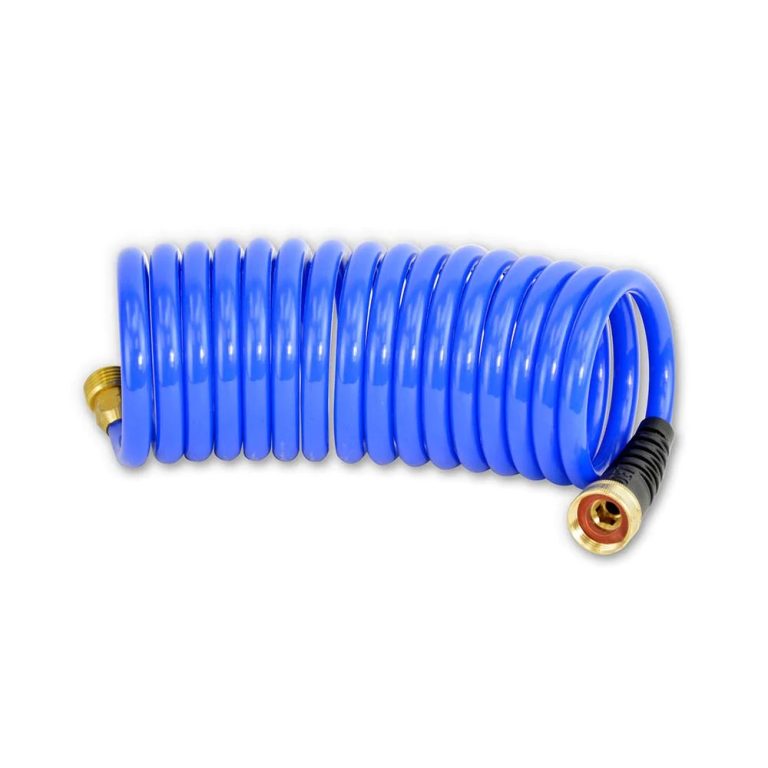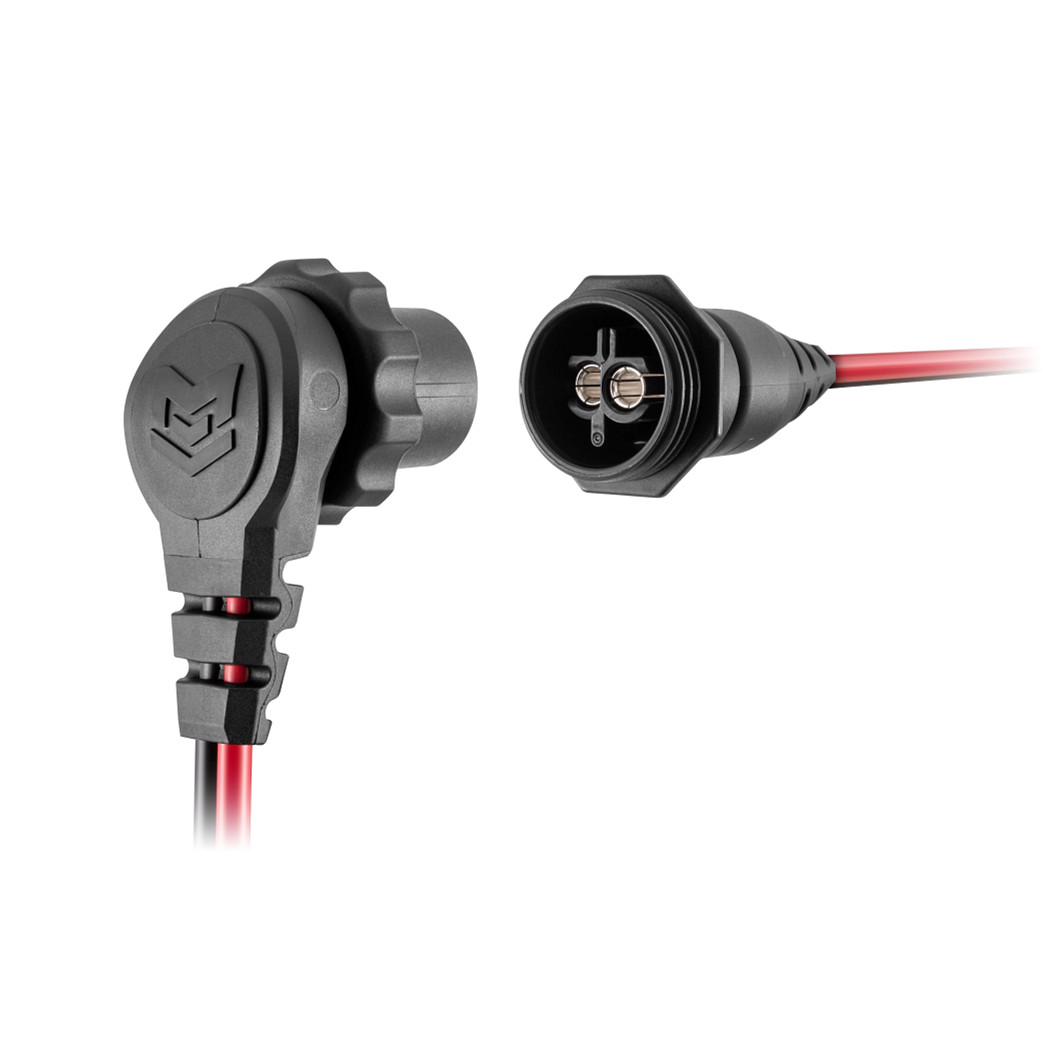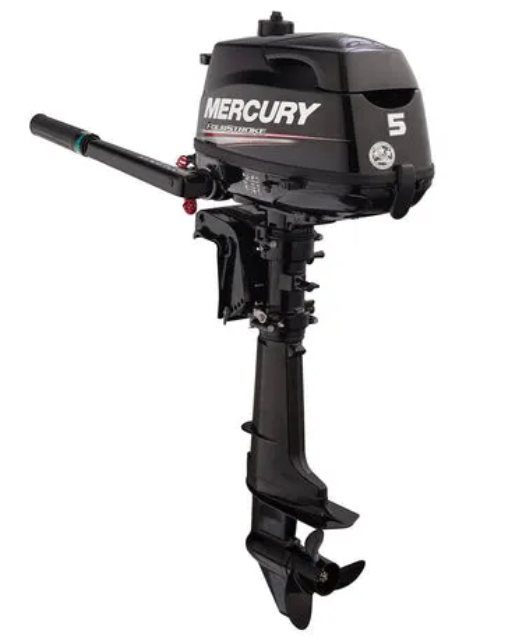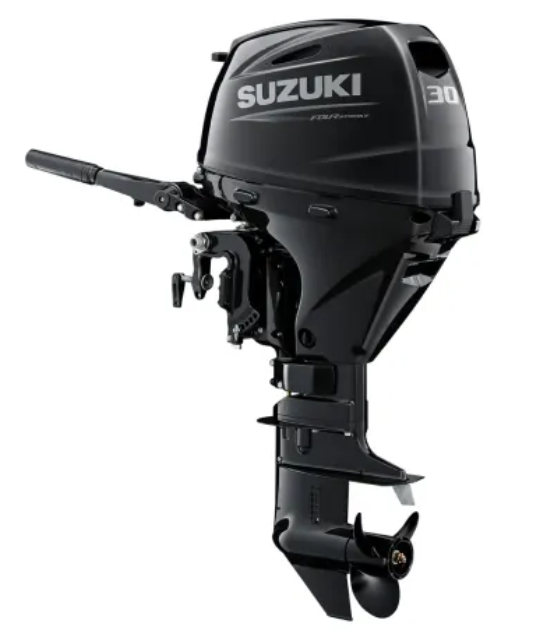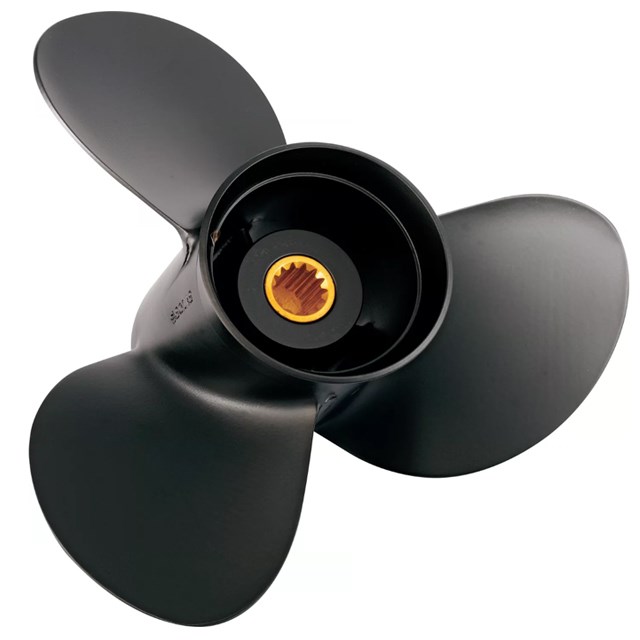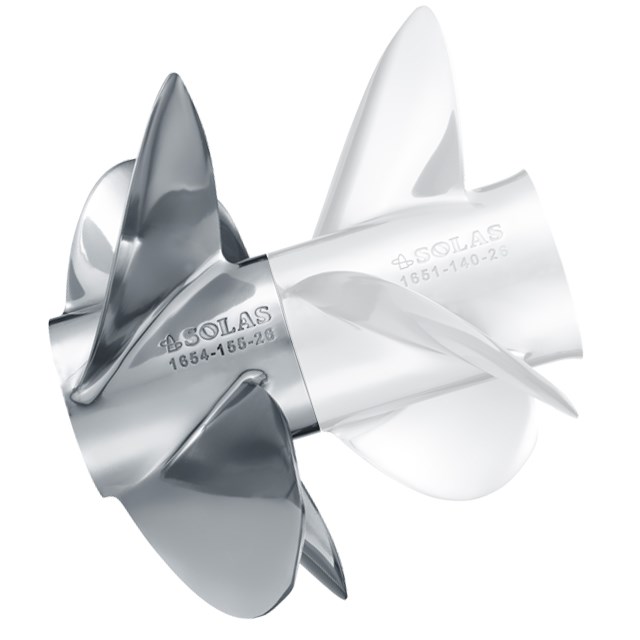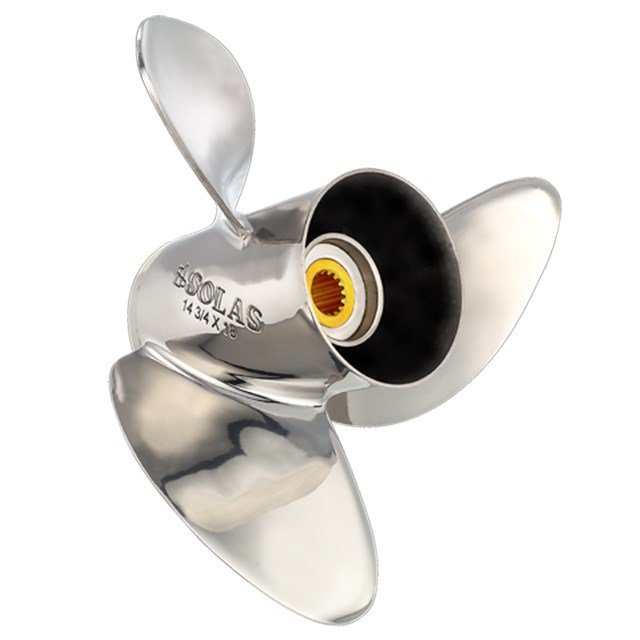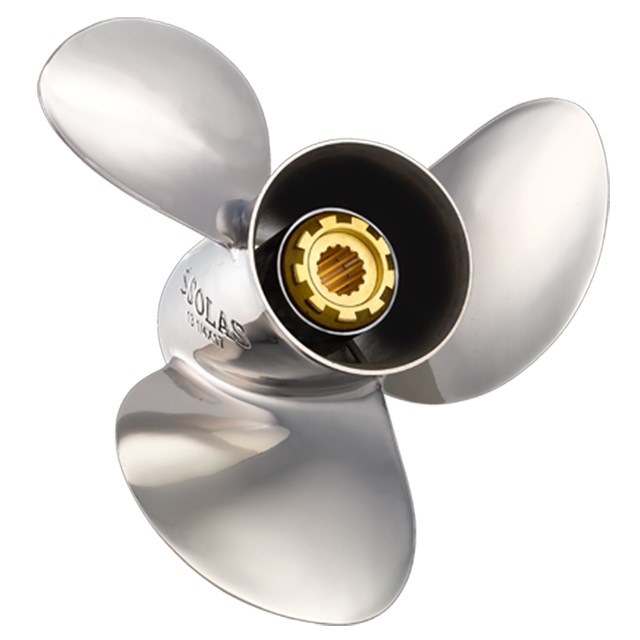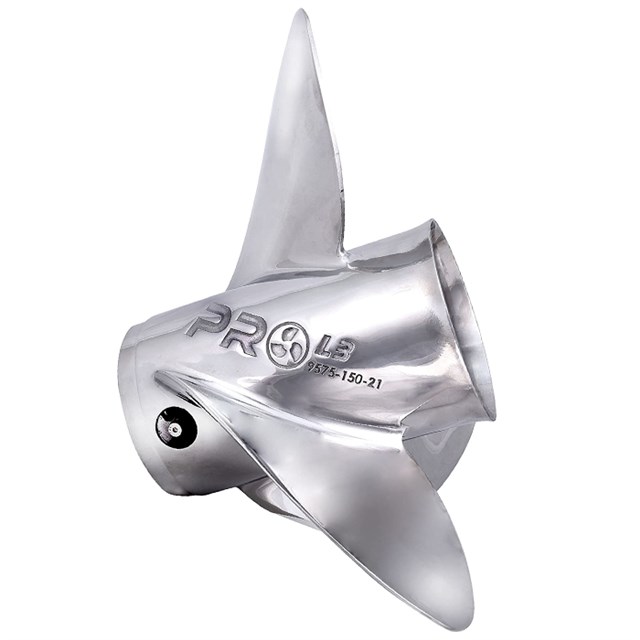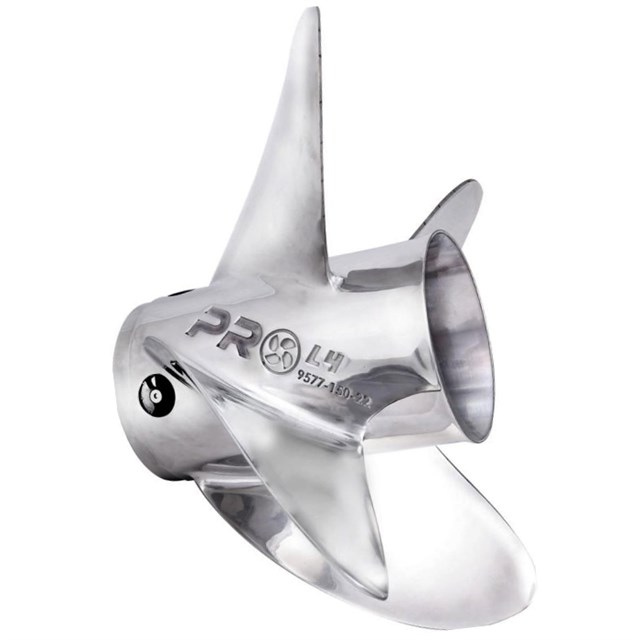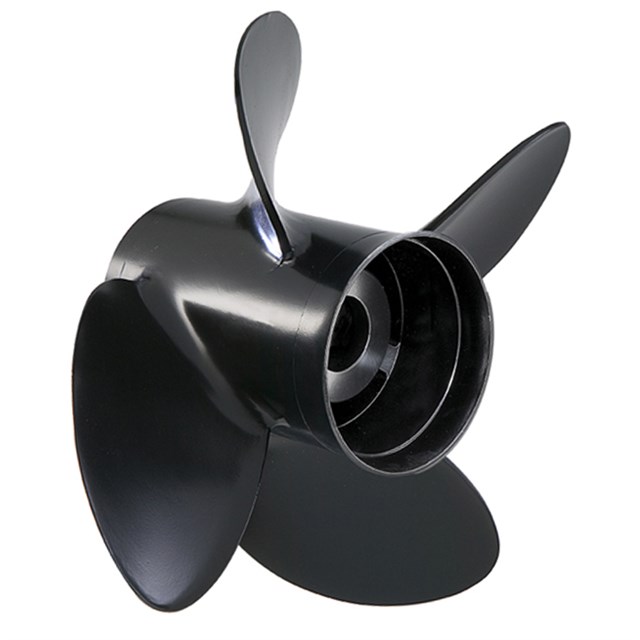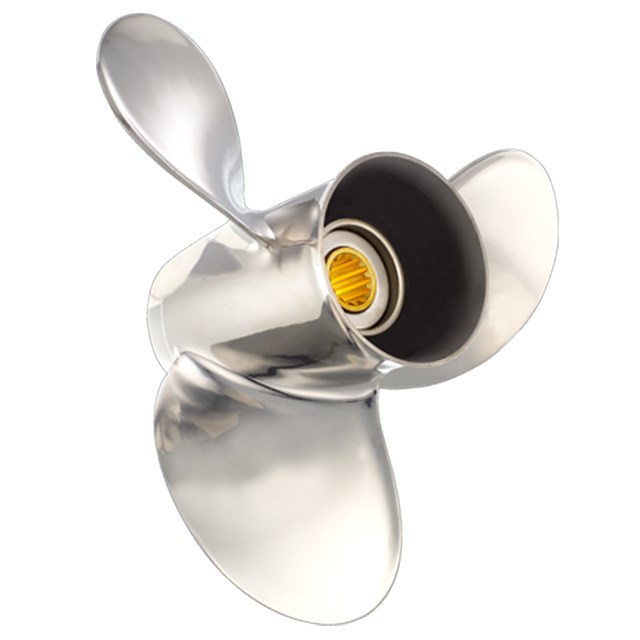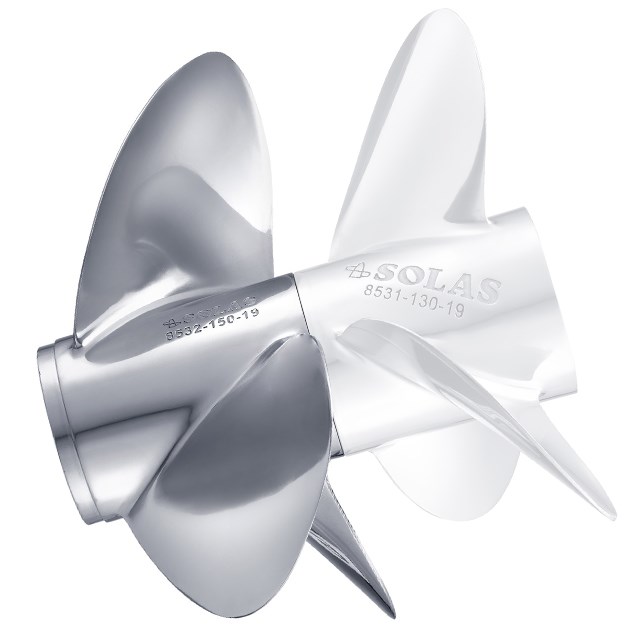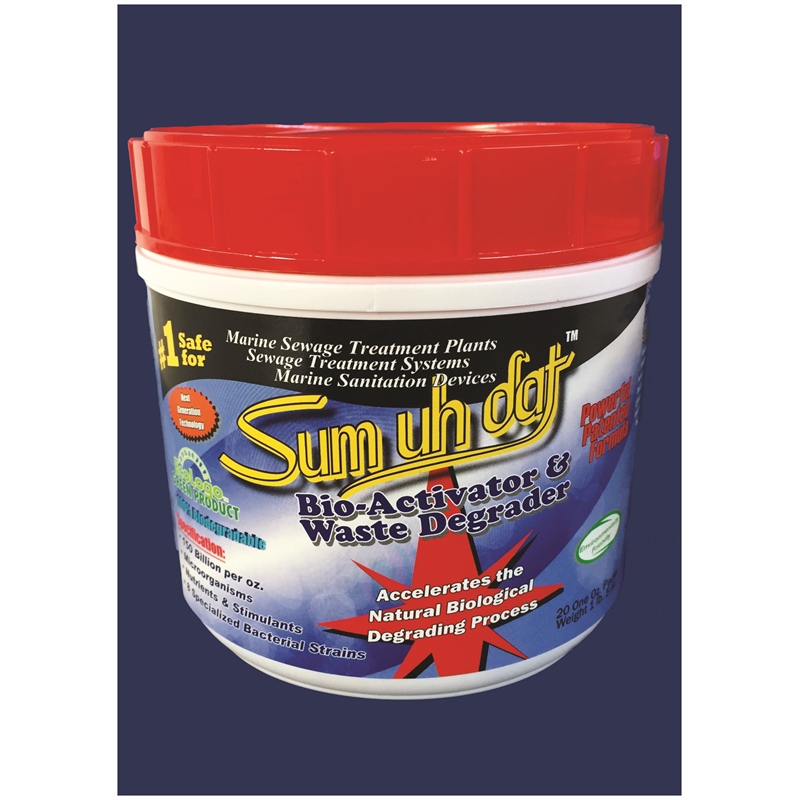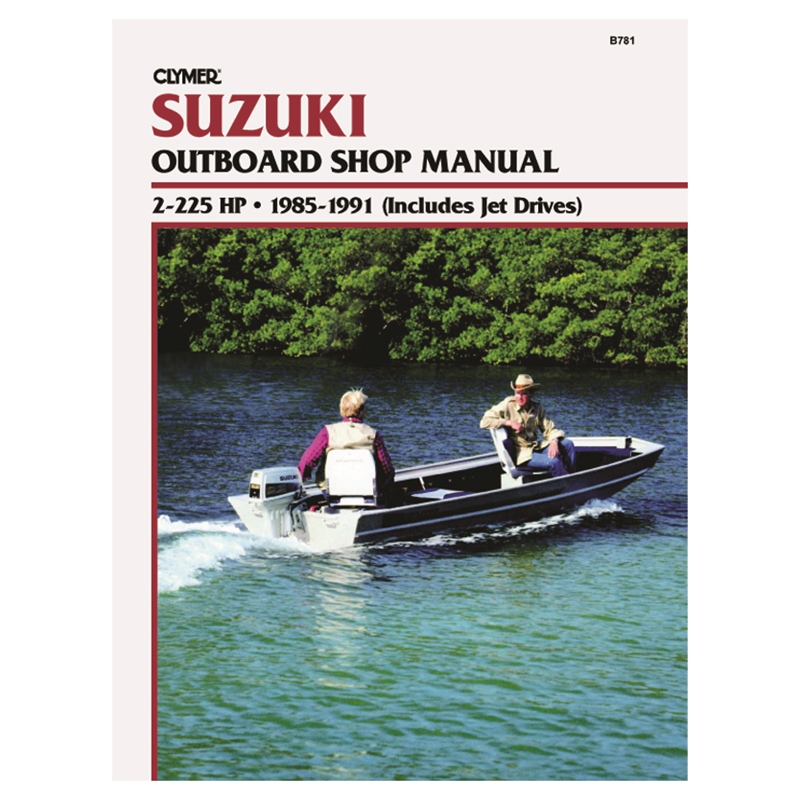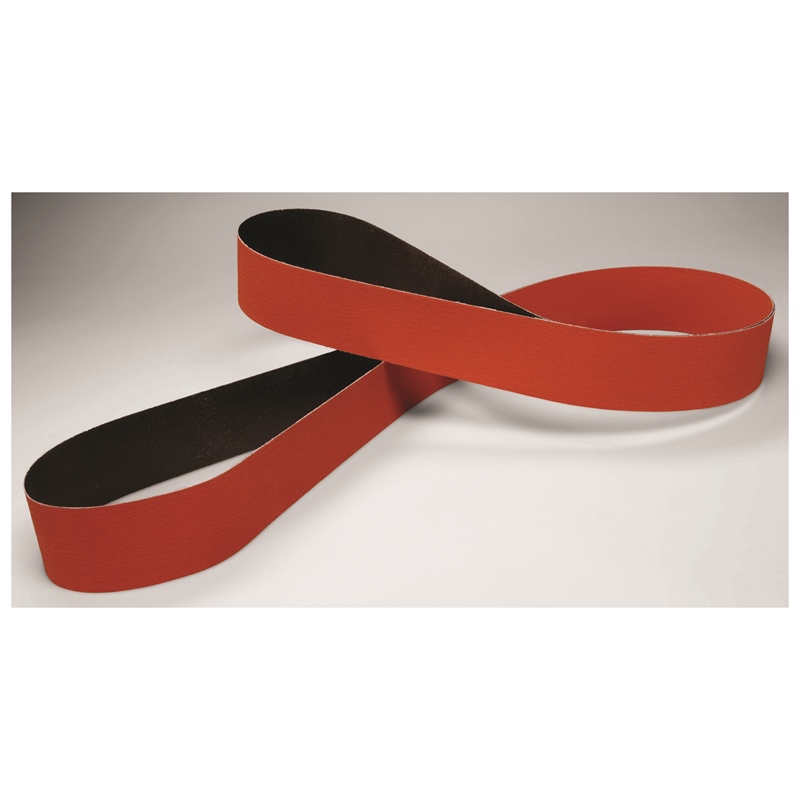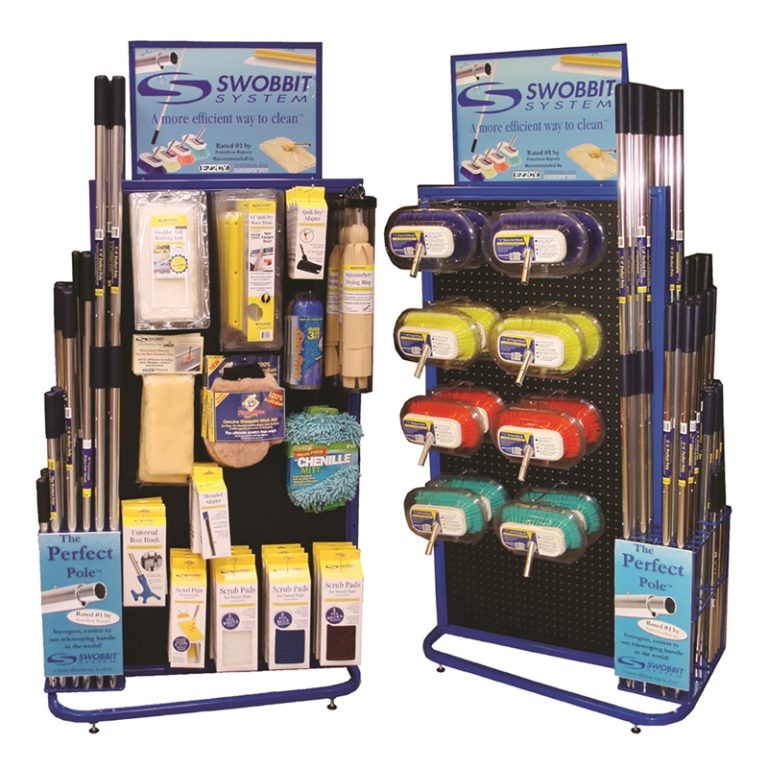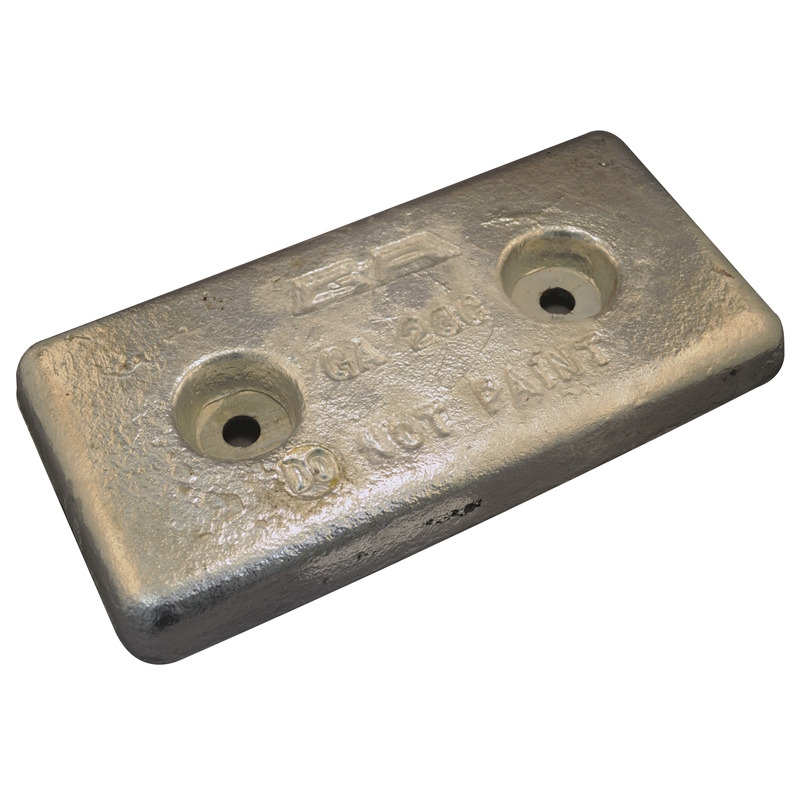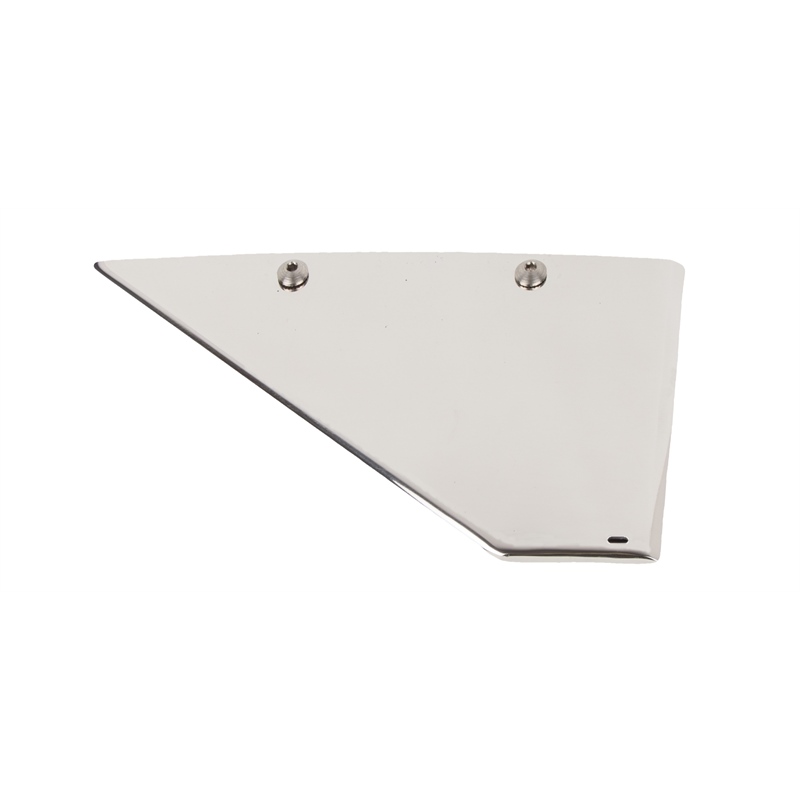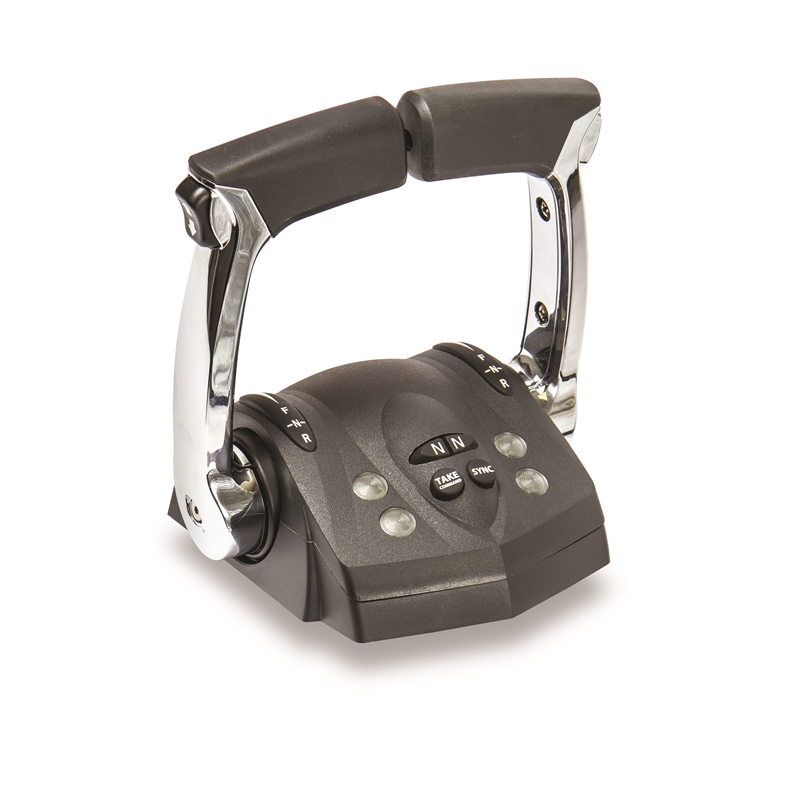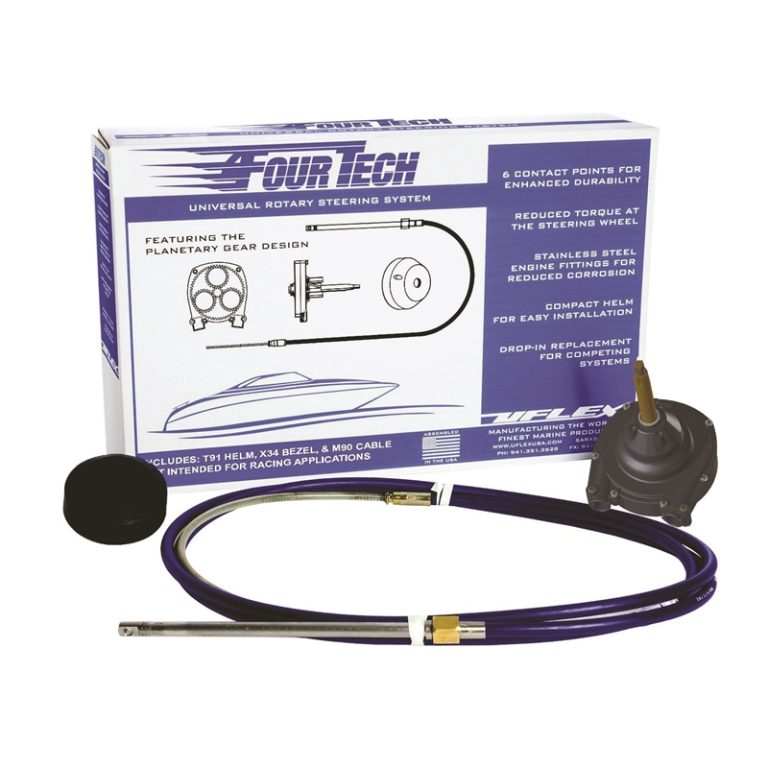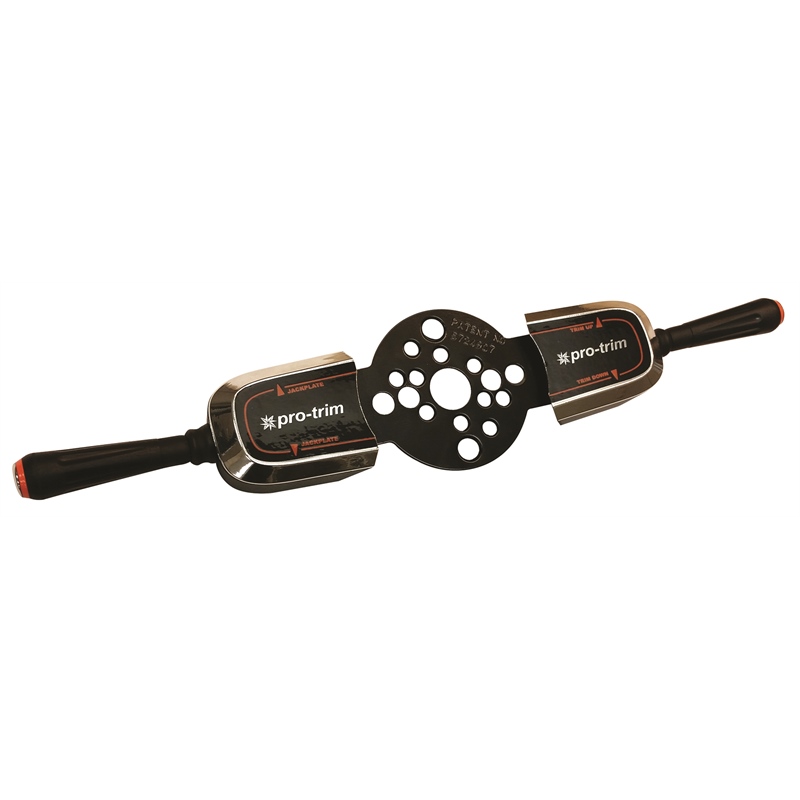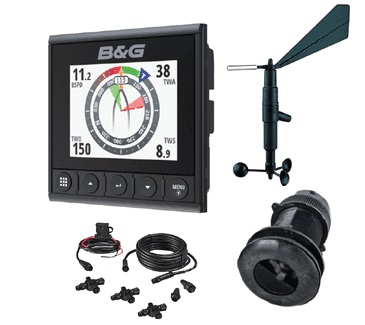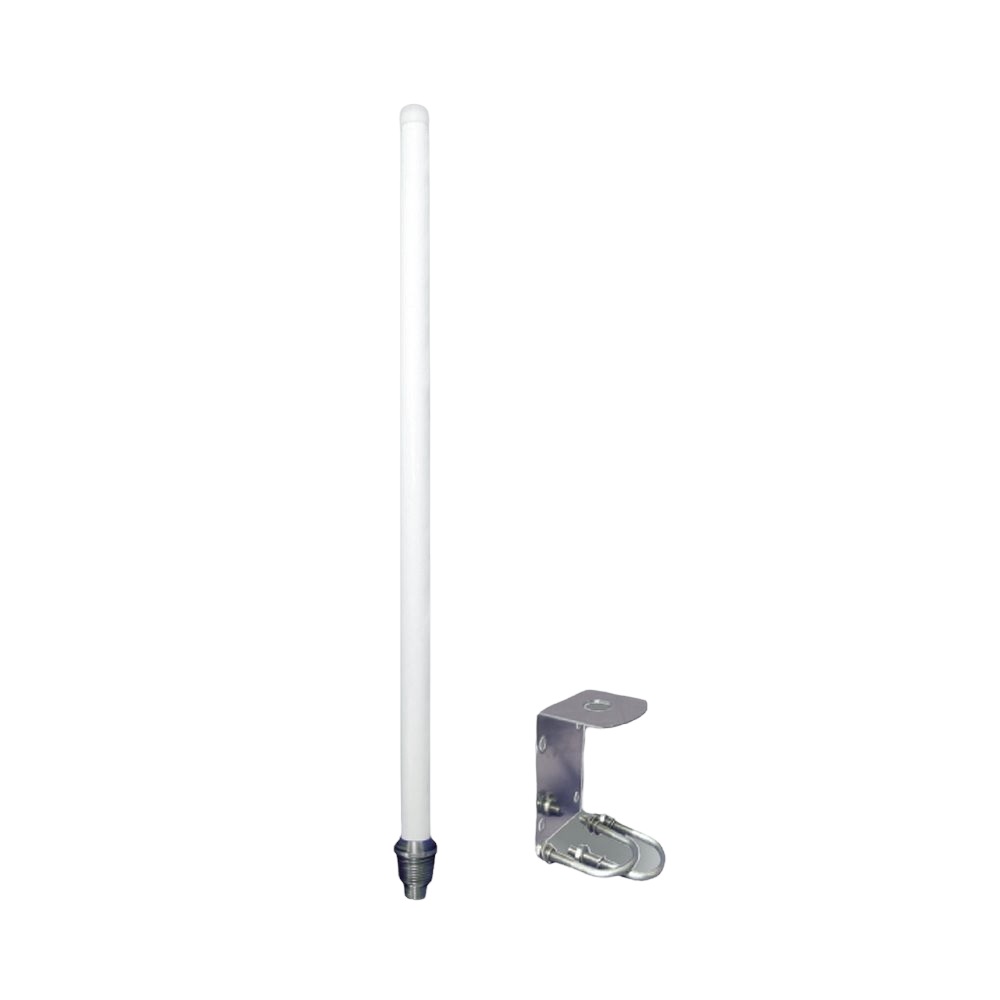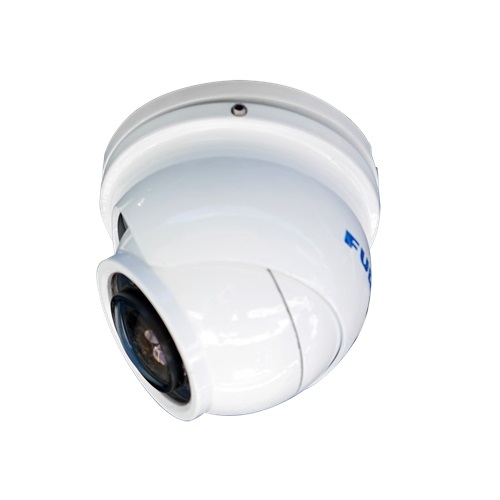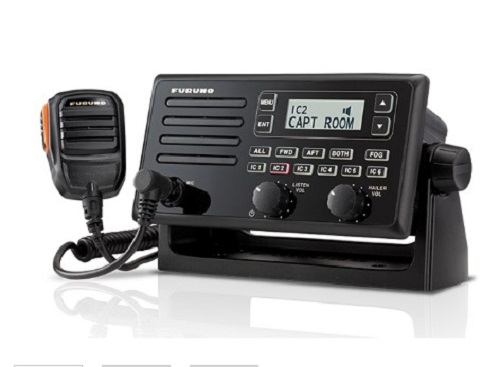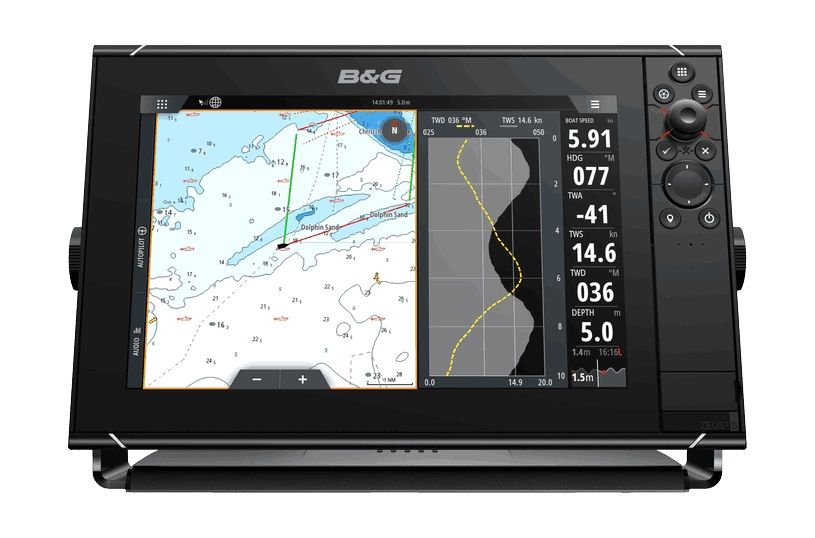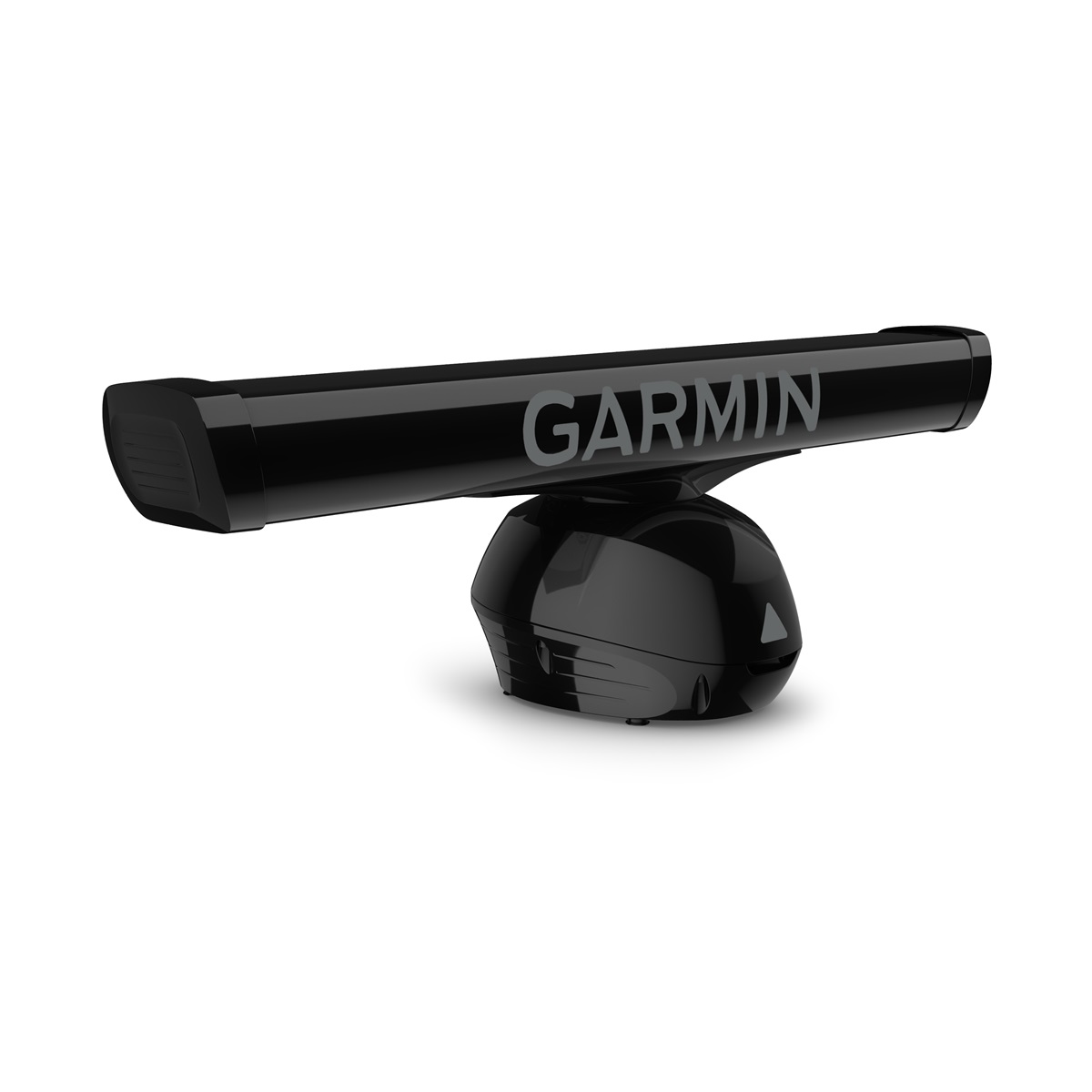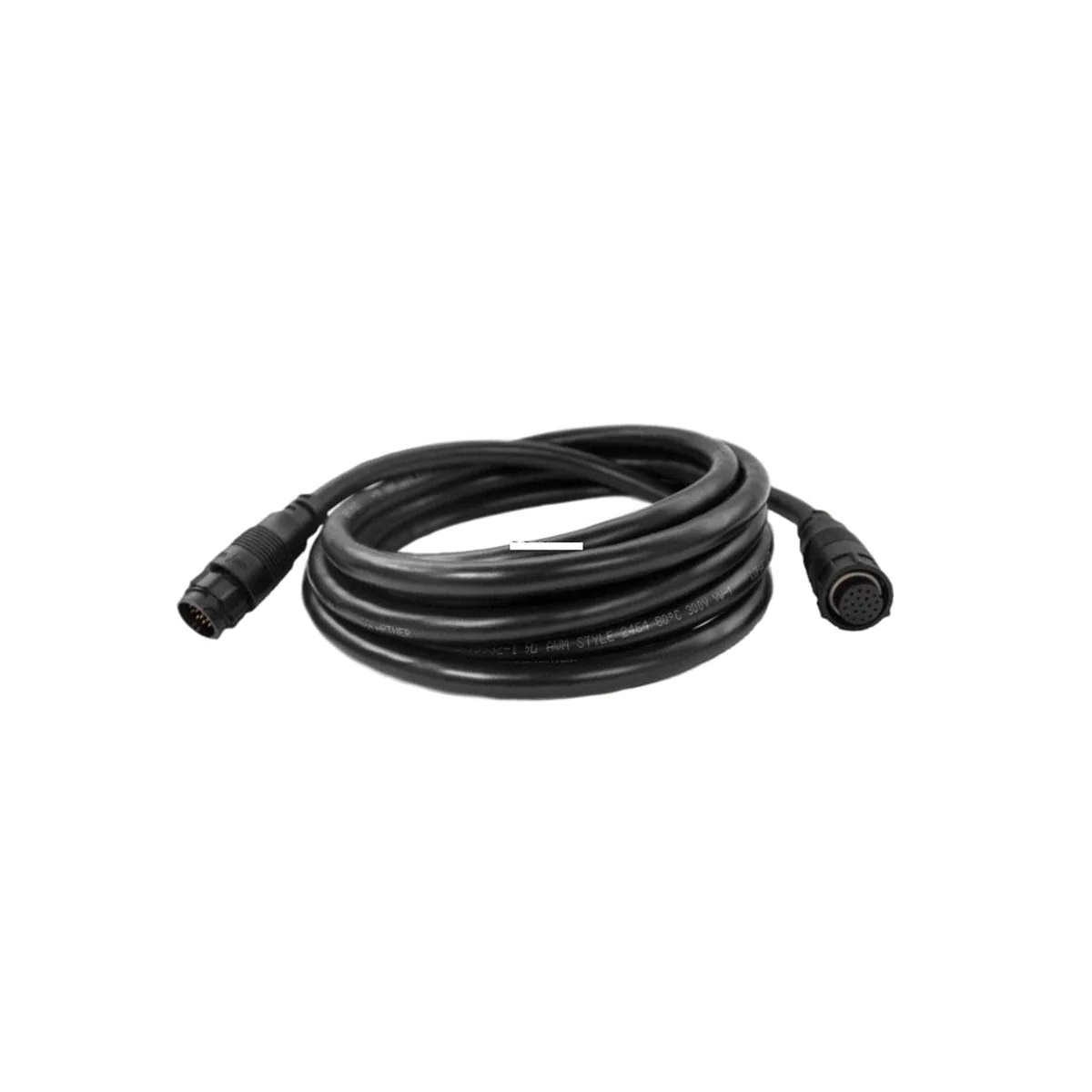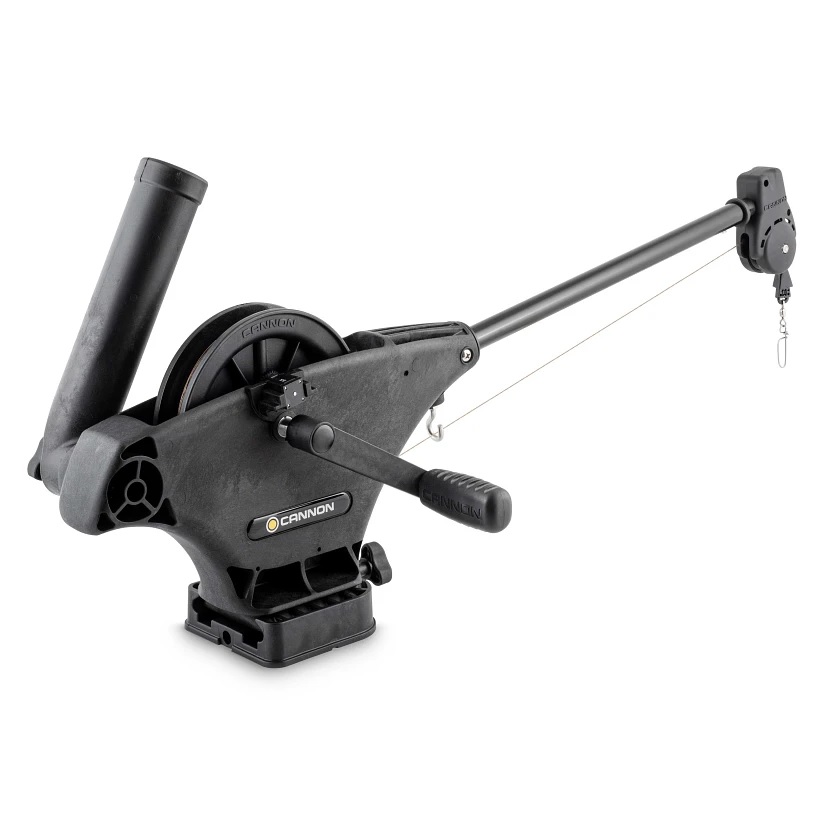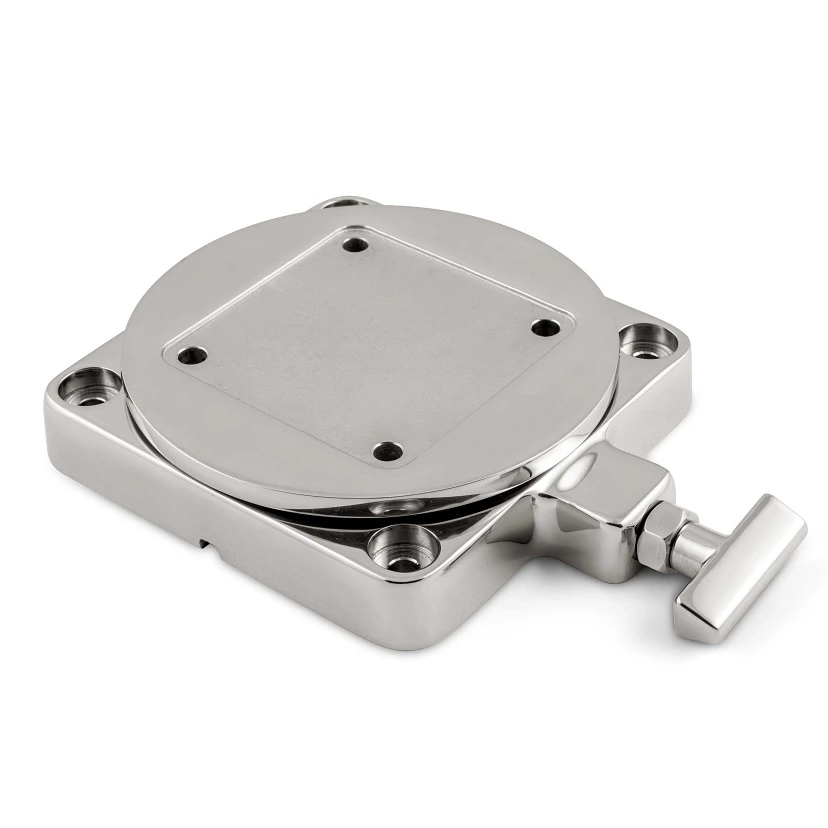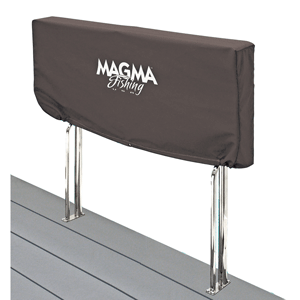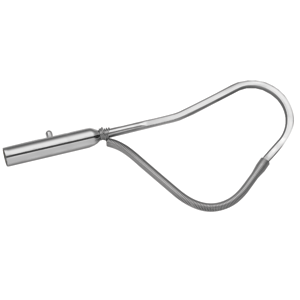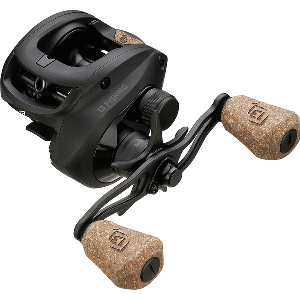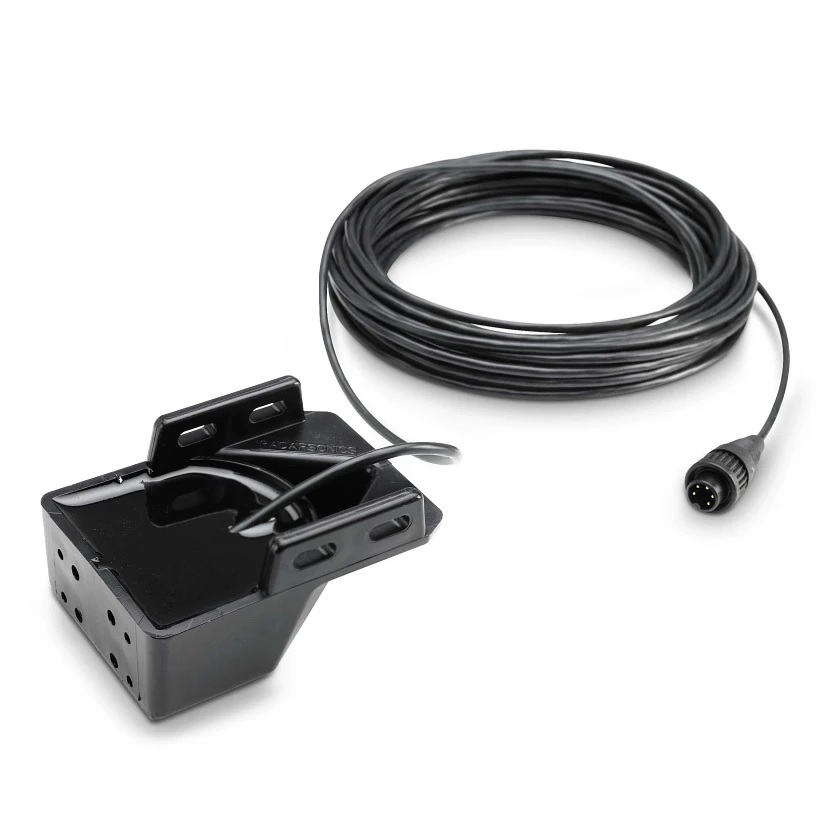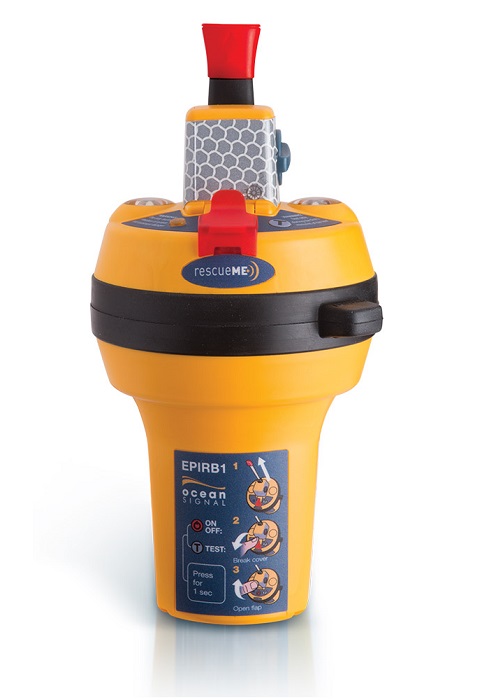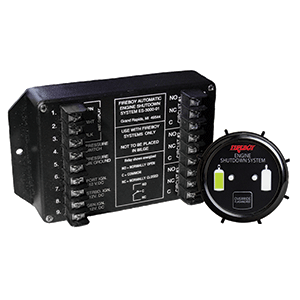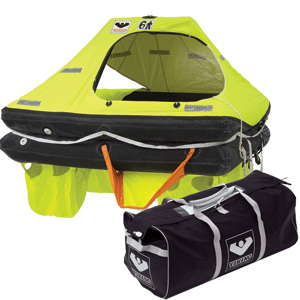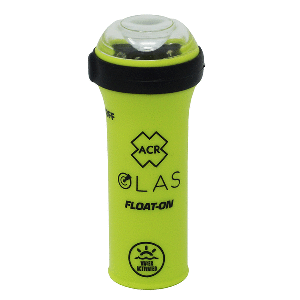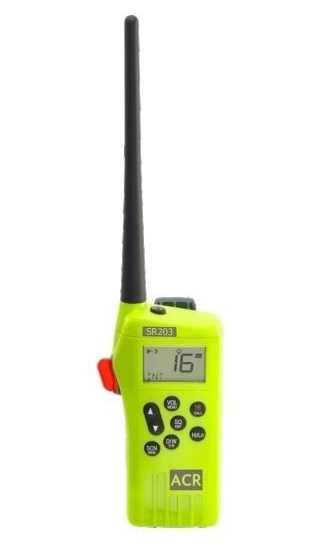How Does Water Salinity Affect a Lower Unit’s Lifespan?
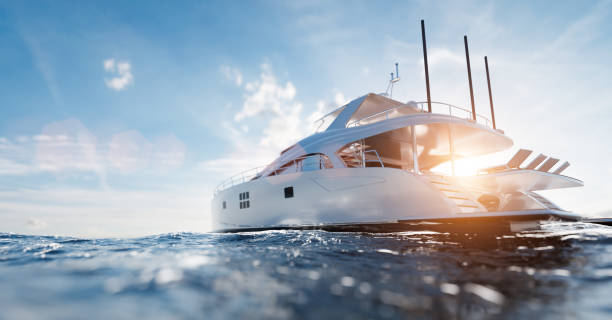
For expert advice and high-quality lower units designed to withstand water pressure, visit AllBoatSupplies.com and find the perfect solution for your boat today!
Introduction
For boaters, the environment plays a significant role in determining the maintenance and durability of their vessel’s components, especially the lower unit. Among environmental factors, water salinity is one of the most crucial yet challenging issues to manage. Operating in saltwater introduces unique risks like corrosion, scaling, and reduced mechanical efficiency. However, with proper precautions and maintenance practices, you can mitigate the adverse effects of salinity on your lower unit.
This guide will explain the relationship between water salinity and lower unit lifespan while offering actionable tips to safeguard your boat’s critical components.
Understanding Salinity and Its Effects
What Is Water Salinity?
Water salinity refers to the concentration of dissolved salts in water.
- Freshwater: Low salinity (less than 0.5 parts per thousand or ppt).
- Saltwater: High salinity (approximately 35 ppt).
- Brackish Water: A mix of freshwater and saltwater, typically found in estuaries.
How Does Salinity Impact Lower Units?
- Accelerated Corrosion: Saltwater acts as an electrolyte, speeding up the electrochemical reaction that causes rust and metal degradation.
- Seal Damage: Salt can accumulate around seals, compromising their effectiveness and allowing water intrusion into the gearcase.
- Mechanical Wear: Salt particles can create abrasions or scaling, increasing friction and wear on moving parts.
- Electrical Damage: Saltwater conducts electricity, raising the risk of galvanic corrosion when different metals are exposed to it.
Top Risks of Operating in Saltwater
1. Corrosion of Metallic Components
Saltwater exposure can corrode aluminum and stainless steel parts, which are commonly used in lower units. Corroded gears and shafts can fail prematurely, leading to costly repairs.
2. Damage to Cooling Systems
The salt deposits can clog water cooling systems, reducing the engine’s ability to regulate temperature. Overheating becomes a real concern.
3. Water Intrusion
Damaged seals or corrosion can lead to saltwater entering the gearcase, contaminating lubricants and causing internal wear.
4. Reduced Lubrication Efficiency
Salt deposits inside the gearcase can thicken or dilute the gear oil, reducing its ability to lubricate properly.
How to Protect Your Lower Unit in Saltwater Environments
1. Rinse After Every Use
- Flush the Cooling System: Use freshwater to flush out salt from the engine’s cooling system immediately after returning from a saltwater trip.
- Wash the Lower Unit: Use a hose and gentle soap to remove salt deposits. Avoid high-pressure washers, which can force water into seals.
2. Apply Anti-Corrosion Coatings
- Use marine-grade anti-corrosion sprays or paints designed for lower units.
- Regularly inspect the coating for chips or damage and reapply as needed.
3. Use a Sacrificial Anode
- Install sacrificial anodes (zinc or magnesium) to prevent galvanic corrosion.
- Inspect the anode regularly and replace it when it’s more than 50% eroded.
4. Protect Seals
- Regularly inspect seals and O-rings for wear or damage. Replace them promptly to prevent water intrusion.
- Consider using salt-resistant seals for added durability.
5. Maintain Proper Lubrication
- Use a gear oil that’s compatible with saltwater environments. Many marine-grade oils contain additives that prevent saltwater contamination.
- Check and change the oil frequently, especially if operating in high-salinity regions.
6. Install a Skeg Guard
Skeg guards can help protect the lower unit from saltwater debris and reduce direct contact with saltwater.
Freshwater vs. Saltwater: A Lifespan Comparison
| Factor | Freshwater | Saltwater |
|---|---|---|
| Corrosion Risk | Low | High |
| Maintenance Frequency | Moderate | High |
| Cooling System Performance | Consistent | Can get clogged with salt |
| Component Lifespan | Longer | Shorter without protection |
Signs of Salinity Damage in a Lower Unit
- Rust or Corrosion: Visible on the exterior or internal components.
- Overheating: Caused by clogged cooling passages.
- Cloudy Gear Oil: Indicates water intrusion, potentially due to salt damage.
- Rough Performance: Increased friction due to salt scaling or corrosion.
Proactive Maintenance Tips
1. Regular Professional Servicing
Even with rigorous self-maintenance, saltwater environments demand professional inspections at least once a year. Technicians can perform:
- Pressure tests for seals.
- Gearcase disassembly to check for salt deposits or scaling.
- Re-coating and corrosion treatments.
2. Store Your Boat Properly
- If possible, store your boat on a lift or trailer when not in use to minimize saltwater exposure.
- For prolonged storage, ensure the lower unit is completely dry and coated with anti-corrosion spray.
3. Monitor Anode Health
Sacrificial anodes are a cost-effective way to protect your lower unit. Check them after every trip in saltwater to ensure they’re functioning as intended.
Advanced Solutions: Saltwater-Specific Lower Units
Manufacturers now offer lower units designed specifically for saltwater use. These units often feature:
- Advanced Coatings: To resist corrosion.
- Enhanced Cooling Systems: To prevent salt deposits.
- Upgraded Seals: For better water resistance.
Conclusion
Water salinity can significantly affect the lifespan of your lower unit, but with proper maintenance and proactive measures, you can minimize its impact. From regular rinsing and anti-corrosion treatments to choosing saltwater-specific components, taking care of your lower unit in high-salinity environments ensures durability, performance, and a stress-free boating experience. Remember, prevention is always more cost-effective than repair.
